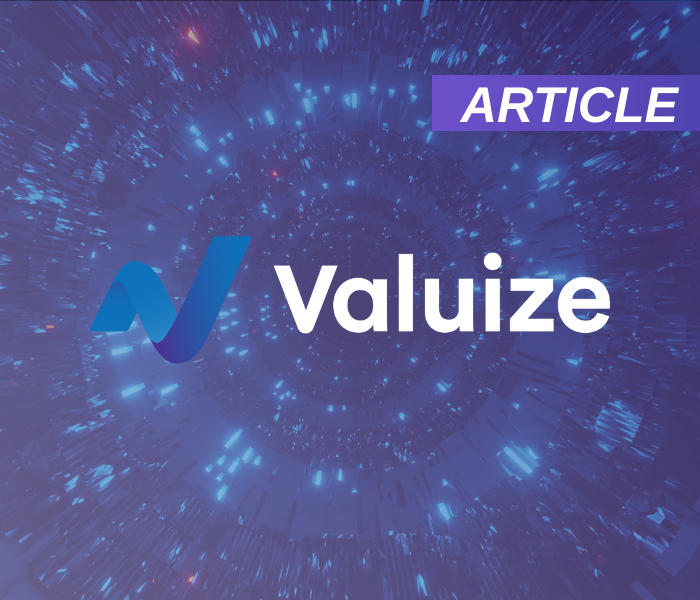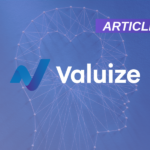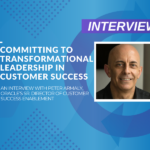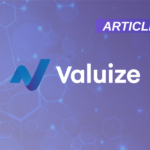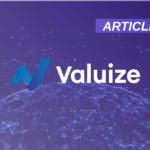It was never going to be enough.
Bolting on a Customer Success function alongside Marketing, Sales, Support, Professional Services, Education and Product in order to solve for revenue retention and expansion hasn’t worked for most enterprise B2B tech companies. Instead, Customer Success has regressed into just another organizational function with siloed strategies, teams and operations.
How can your company fix (or hopefully) avoid this expensive failure? By creating a strategic and operational steel thread across your customer lifecycle through which Marketing, Sales, Support, Professional Services, Education, Product and Customer Success can integrate. At the core of this steel thread is a Customer Outcome Framework centered on the design of value-based outcomes.
Value-based outcomes are prescriptive and measurable outcomes that are tied directly to product adoption and create and sustain measurable value realization for customers. A first principle for achieving an integrated B2B customer lifecycle is the repeatable and scalable prescription, delivery and verification of measurable value with customers.
Your Customer Outcome Framework should define how your teams, processes and systems will integrate with each other, and with customers, across each stage of the customer lifecycle in order to drive achievement of value-based outcomes by customers. If, for example, you don’t have success plans with defined value-based outcomes agreed with each of your customers as you acquire them, the odds of Sales, Customer Success and Professional Services being integrated to drive a successful onboarding are slim to none.
Here are some first steps you can take to integrate your teams, tools and processes to establish a customer lifecycle that drives efficient and scalable Net Revenue Retention.
1. Define Value-Based Outcomes
The first step in creating an effective Customer Outcome Framework is to clearly define value-based outcomes for your products or services. These outcomes should be:
- Specific and measurable
- Directly tied to product adoption
- Focused on creating tangible measurable value for customers
Action item:
Gather cross-functional teams (Product, Sales, Customer Success, and Marketing) to collaboratively define 3-5 key value-based outcomes that your solution delivers. Ensure customers are included in this design process too.
2. Align Go-to-Market Strategy with Outcomes
Ensure that your marketing and sales strategies are centered around the value-based outcomes you’ve defined.
Action items:
- Revise marketing materials to highlight specific, measurable outcomes
- Train sales teams to sell based on value realization rather than features
- Develop customer case studies that showcase achieved outcomes
3. Integrate Outcomes into the Sales Process
Incorporate value-based outcomes into your sales methodology and customer acquisition process.
Action items:
- Create success plans with defined value-based outcomes for each prospect
- Identify baseline data from prospects for outcome-based metrics in your sales discovery process
- Establish a handoff process that communicates agreed-upon outcomes to post-sales teams
4. Align Onboarding and Implementation with Outcomes
Ensure that your Professional Services and Customer Success teams are focused on driving towards the agreed-upon outcomes from day one.
Action items:
- Design implementation plans that prioritize quick wins aligned with key outcomes
- Create outcome-based milestones for the onboarding process
- Establish regular check-ins to assess progress towards outcomes
5. Develop Outcome-Centric Support and Education
Align your support and education offerings to help customers achieve their desired outcomes.
Action items:
- Create targeted training programs that focus on outcome achievement
- Develop self-service resources aligned with key value-based outcomes
- Train support teams to understand and reinforce the connection between product usage and outcomes
6. Implement Outcome Tracking and Reporting
Establish systems and processes to track and report on outcome achievement across the customer base.
Action items:
- Implement a customer success platform that allows for outcome tracking
- Create dashboards that display progress towards outcomes for individual customers and in aggregate
- Establish regular review processes to assess outcome achievement and identify areas for improvement
7. Align Product Development with Outcomes
Ensure that your product roadmap and development priorities are informed by customer outcomes.
Action items:
- Incorporate outcome achievement data into product prioritization processes
- Establish feedback loops between Customer Success and Product teams
- Develop features that directly support or enhance key value-based outcomes
8. Create Cross-Functional Accountability
Establish shared accountability for outcome achievement across all customer-facing teams.
Action items:
- Align team KPIs and incentives with customer outcome achievement
- Implement regular cross-functional meetings to discuss outcome progress and challenges
- Create shared dashboards that display outcome metrics across teams
9. Continuously Refine and Evolve the Framework
Regularly assess and update your Customer Outcome Framework to ensure it remains effective and aligned with customer needs.
Action items:
- Conduct quarterly reviews of outcome definitions and metrics
- Solicit feedback from customers on the relevance and impact of defined outcomes
- Adjust the framework based on changing market conditions and customer needs
10. Foster a Culture of Outcome-Centric Thinking
Embed the focus on customer outcomes into your company culture and decision-making processes.
Action items:
- Incorporate outcome-based thinking into company values and mission statements
- Highlight outcome achievement stories in company communications and meetings
- Provide training on outcome-based methodologies for all employees
Conclusion
Implementing a Customer Outcome Framework is not a one-time effort but an ongoing process that requires commitment and collaboration across your entire organization. By centering your customer lifecycle around delivering value-based outcomes to customers, you can create a truly integrated approach that drives efficient and scalable Net Revenue Retention.
This framework provides the “steel thread” that connects your Marketing, Sales, Support, Professional Services, Education, Product, and Customer Success teams with each other and with customers, ensuring that every interaction and effort is focused on delivering measurable value to your customers. By following these actionable steps, you can transform your organization from a collection of siloed functions into a cohesive, customer-centric machine that consistently delivers and demonstrates value.
Remember, the key to maximizing customer retention and expansion lies in your ability to prescribe, deliver, and measure tangible value for your customers throughout their entire journey with your company. With a well-implemented Customer Outcome Framework, you’ll be well-positioned to achieve this goal and drive sustainable growth for your company.

